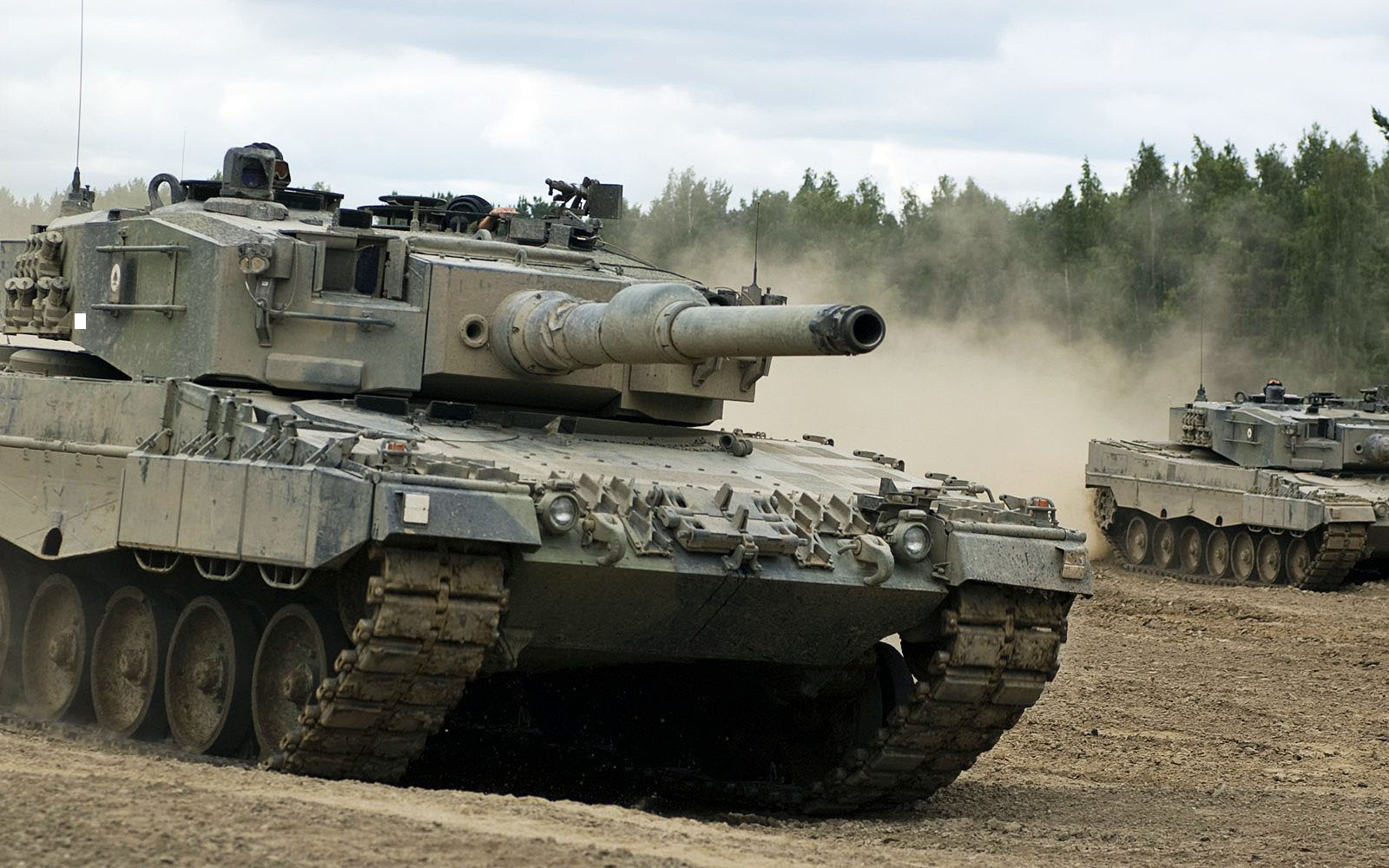,
By Stijn Mitzer and Joost Oliemans
Abbrevations:
- CBAF (Carro Blindado de Apoyo de Fuego) = Armoured Fire-Support Vehicle
- CBE (Carro Blindado de Exploración) = Armoured Reconnaissance Vehicle
- CBI (Carro Blindado de Infantería) = Armoured Infantry Vehicle
- C-AP (Cañón Autopropulsado) = Self-Propelled Artillery
- C-AP-AT (Cañon Autopropulsado Anti-Tanque) = Self-Propelled Anti-Tank Cannon

















